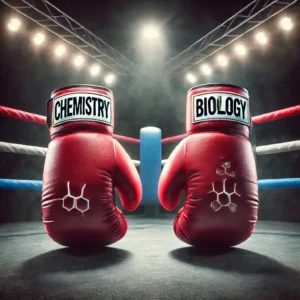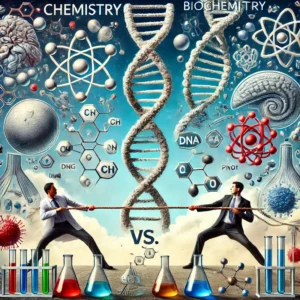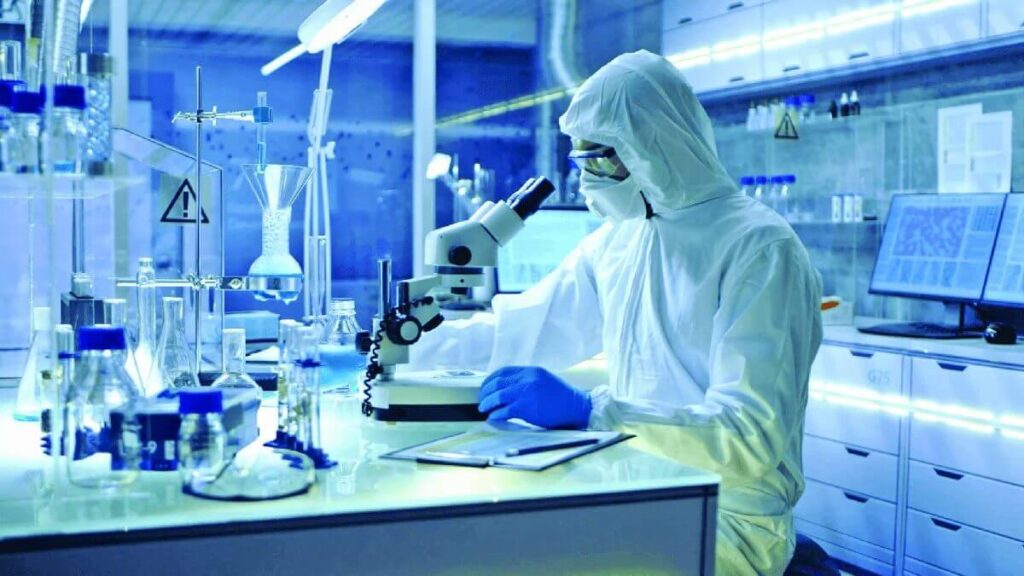In this post, we learned that matter exists in three main states depending on environmental conditions like temperature or pressure: solid, liquid, and gaseous states. We also discovered that these three states are not the only ones in which matter can exist; there are also the 4th and 5th states of matter (see previous post).
Although we encounter many things that exist in different states of matter every day, we may not always recognize them. Where do you stand? Can you correctly identify the states of matter in which most things exist? How many can you identify?
To test your knowledge, go ahead and identify the states of matter that the following things exist in. Click the toggle button to see the correct answers.
Pro Tip: If you haven’t read the posts mentioned above, we would advise you to do so before attempting to identify the states of matter of various objects below.
What state of matter is:
Smoke
Exists in two states of matter: solid and gas states. Smoke is essentially a solid suspended in a gas. The right name for it is a solid aerosol.
Fire
Plasma state
Lightning
Plasma state
Sun
Plasma state
Wind
Gaseous state. Wind is moving air.
Solar Wind
Plasma state. Solar wind is rapidly moving plasma
Cloud
Exists in a combination of states including solids, liquids, and gaseous. We know that cloud is composed of regular air that is interspersed or mixed with small droplets of liquid water, ice crystals, and particles of dust.
Light
Plasma state
Snow
Solid state. Snow consists of loosely connected ice crystals.
Fog
Exists in two states of matter: liquid and gaseous states. Fog consists of microscopic suspension of liquid droplets (liquid) in air (gas)
Rain
Liquid state. Rain is liquid precipitation
Foam
Chemically, we can define foam as trapping gas bubbles or air inside a solid or liquid. So, this means we have two types of foams: liquid-gas foams and solid-gas foams. The former (the most common) exists in two states: gaseous and liquid. And the latter (an example is a sponge) exists in two states: solid and gaseous.
Laser
Laser exists in either solid (solid-state lasers), liquid (liquid-dye lasers), or gaseous state (gas lasers) depending on the gain medium used. A gain medium is the material used to amplify the power of the light beam by a means of stimulated emission).
Lava
Liquid state. Lava is molten or partially molten rock.
Electricity
Plasma state
Liquid Nitrogen
Liquid state. Liquid nitrogen is simply nitrogen at room temperature i.eit has gone from its natural gaseous state to a liquid state.
Hydrogen
Gaseous state. Hydrogen is a gas at room temperature
Carbon
Solid state. Carbon is a solid at room temperature
Helium
Gaseous state. Helium exists as a gas, except under extreme conditions such as near absolute zero, where it is a fluid.
Neon
Gaseous state. Neon is a gas at room temperature. However, Neon lights exists in plasma states because they have been ionized by electricity.
NaOH
Solid state at room temperature (a white, odorless solid). However, at higher temperatures, it can be converted into liquid and even gas.
OH
Hydroxide is a diatomic anion, which can exist in the solid, liquid and gas states.
Fluorine at room temperature
Gaseous state
Chlorine at room temperature
Gaseous state
Krypton at room temperature
Gaseous state
Titanium at room temperature
Solid state
Lithium at room temperature
Solid state
Lead at room temperature
Solid state
Evaporation
Liquid and gaseous states. Evaporation is the process by which a substance transitions from its liquid state to its gaseous state below its boiling temperature.
Condensation
Liquid and gaseous states. Condensation is the change of the state of matter from the gas phase into the liquid phase.
Steam
Gaseous state. Steam is simply water in the gaseous phase
Car exhaust
A combination of solid, liquid, and gaseous states. Car exhaust contains mostly gases. But there might be small solid particles and liquid droplets in the exhaust due to incomplete combustion or condensation.
Bubble
A combination of liquid and gaseous states. Bubbles are gases entrapped by a liquid.
Ketchup
Solid state. Ketchup looks fluid because it’s a soft solid that can easily change shape.
Shaving cream
A combination of solid, liquid, and gaseous states. Precisely, shaving cream is a colloid. Colloids occur when solids, liquids, or gases are suspended or dispersed in a liquid.
Toothpaste
A combination of solid and liquid states. Toothpaste is a mixture of powdered solids and liquids.
Dry ice
Solid state
Blood
Liquid state. However, if it is frozen, it becomes a solid.
Yogurt
Liquid state. Even when yogurt is frozen and seems solid, it’s still classified as a liquid
Baking soda
Solid state at room temperature. But it can be converted to liquid or gaseous states depending on temperature and pressure it is exposed to.
Gasoline
Can exist in all three states: Solids, liquids, or gaseous depending on temperature. For instance, at temperatures below 200 Kelvin, it exists as a solid. Between 200 and 350 Kelvin, it’s a liquid, and above 350 Kelvin, it turns into a gas.
Honey
Liquid state. Honey is simply a super- saturated liquid
Glucose
Solid state
Gel
A combination of solid and liquid states. According to Science.org, a gel is a liquid that is rendered solid by a more or less rigid but disordered network of microscopic particles dispersed throughout its volume.
Jelly
A combination of solid and liquid states. Jelly is gelatin/protein (which is solid at room temperature) suspended in a liquid.
Butter
Solid state. But it quickly changes to liquid state on heating.
Glue
Liquid state until it dries
Lotion
Technically, a lotion exists in liquid state. But we can also consider it as a suspension of a solid within a liquid.
Perfume
Liquid state. But when it is exposed to the air, it transitions to gaseous state.
Vinegar
Liquid state
Whipped cream
A combination of liquid and gaseous states. The process of transforming cream into whipped cream involves whipping it to incorporate air bubbles, leading to the formation of a stable foam due to the fat content in the cream.
Play-dough
Technically, it exists in solid state. But if we consider, how it behaves, we can say that it manifests both solid and liquid properties. While it holds its shape like a solid, it can take the form of a container like a liquid and does not easily flow like a solid but maintains its volume when manipulated like a liquid. This characteristic makes it closer to a non-Newtonian fluid than a traditional solid or liquid.



